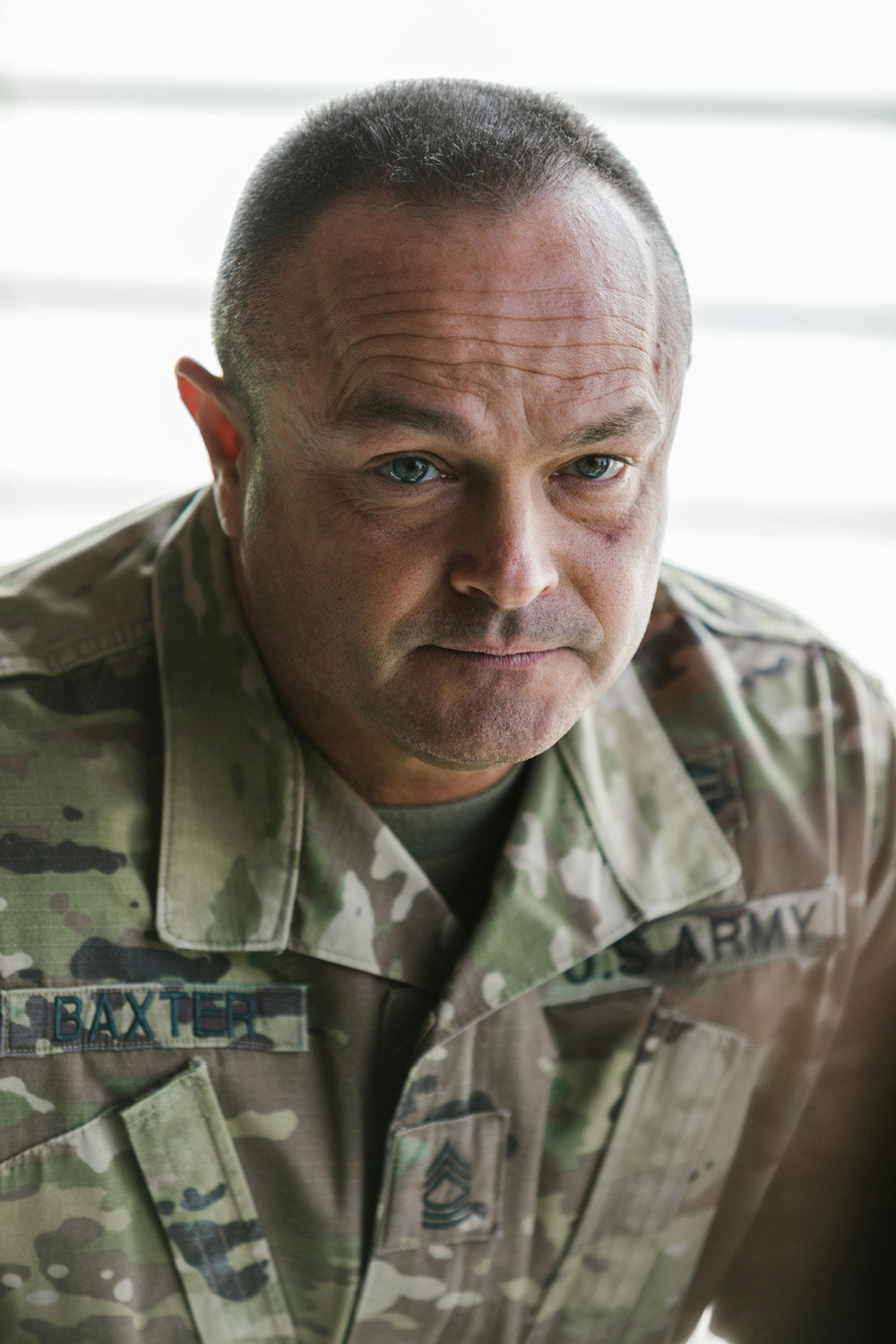Thousands of VA Healthcare Positions on the Chopping Block as Veterans Brace for Impact
Matthew Russell
Pexels
The U.S. Department of Veterans Affairs (VA) has announced a controversial plan to cut approximately 10,000 full-time positions from its healthcare workforce by 2025, a decision stirring concern and debate among veterans and lawmakers alike.
This reduction, primarily affecting medical facilities, is part of a broader strategy to refine operational efficiency without compromising the quality of veteran care.
 Photo: Pexels
Photo: PexelsThe VA plans to reduce its workforce by 10,000 positions by 2025.
Context of the VA's Workforce Reduction
In recent years, the VA has experienced unprecedented growth, increasing its staff numbers to over 458,000 — the highest in its history. This expansion was largely a response to the enhanced demands for veteran services, including healthcare improvements and the requirements of the PACT Act, which extends benefits to veterans exposed to toxic substances. However, the current workforce size is reportedly unsustainable, prompting the VA to consider strategic cuts through attrition, reports the Federal News Network.
Laura Duke, the Veterans Health Administration’s Chief Financial Officer, highlighted that this approach aims to balance the recent growth spurt and sustain high-quality veteran care without continuous hiring. The focus will be on maintaining critical care areas, notably mental health services, where demand remains high.
“We brought on an adequate workforce to deliver the care that we anticipate handling in 2025,” Duke told the Military Times. “So we now need a trimming back down, so we can continue to hire in certain priority care areas, such as mental health.”
 Photo: Pexels
Photo: PexelsThis workforce cut primarily targets the VA’s healthcare sectors.
Financial Strategy and Budget Allocation
The proposed workforce reduction aligns with a significant budget request for fiscal year 2025. The VA is seeking $369.3 billion, a nearly 20% increase from previous spending levels. This budget aims to support the largest expansion of VA healthcare and benefits in history, as driven by the PACT Act and the ongoing demands from the MISSION and COVID-19 acts, reports FNN.
Despite the cutbacks, the VA plans no reduction in service levels. According to Jon Rychalski, VA Assistant Secretary for Management, the realignment is set against the backdrop of a "covers-the-basics" budget for 2025, with increased spending on cybersecurity and digital-first customer experiences, but less on broad IT modernizations.
“They’ve put us on a path where we cannot sustain the rapid growth and community care in addition to the fixed costs that support our massive direct care system,” Rychalski told reporters.
 Photo: Pexels
Photo: PexelsThe reductions are part of a strategy to optimize operational efficiency.
Impact on Veteran Services
Officials assure that the quality of veteran services will not be compromised by the workforce reduction. The VA aims to optimize resource allocation, ensuring that essential services, especially in areas like mental health, are not only preserved but enhanced.
Neil Evans, acting director of VA’s EHR Modernization Integration Office, stated that while the 2025 budget does not include new deployment funds for EHR, the focus will remain on advancing technology within the current financial framework.
“We anticipate that we’ll be moving towards restart, and considering that over the course of the summer, as we move towards 2025. And I’m hopeful that we will be restarted at that point in time, but the funding for deployments would come from prior year dollars,” Evans told the Military Times.
This strategic shift is being closely watched by veteran communities and lawmakers. Senator Angus King has expressed concerns about the lack of detail regarding the specific areas where reductions will occur and has called for greater transparency from the VA, reports Maine Public Radio.
 Photo: Pexels
Photo: PexelsDespite the cuts, VA officials promise no decline in the quality of veteran care.
Looking Forward: Challenges and Expectations
As the VA navigates these reductions, the primary challenge will be to maintain a delicate balance between cost efficiency and the accessibility of high-quality veteran services. The success of this initiative will heavily depend on the VA’s ability to realign its resources thoughtfully and responsively to meet evolving veteran needs.
The veteran community, alongside bipartisan lawmakers, remains vigilant, advocating for a transparent and efficient realignment that continues to uphold the well-being and care of those who have served. As these plans unfold, the outcomes will undoubtedly shape the future of veteran healthcare services in the United States.
Matthew Russell is a West Michigan native and with a background in journalism, data analysis, cartography and design thinking. He likes to learn new things and solve old problems whenever possible, and enjoys bicycling, spending time with his daughters, and coffee.




















